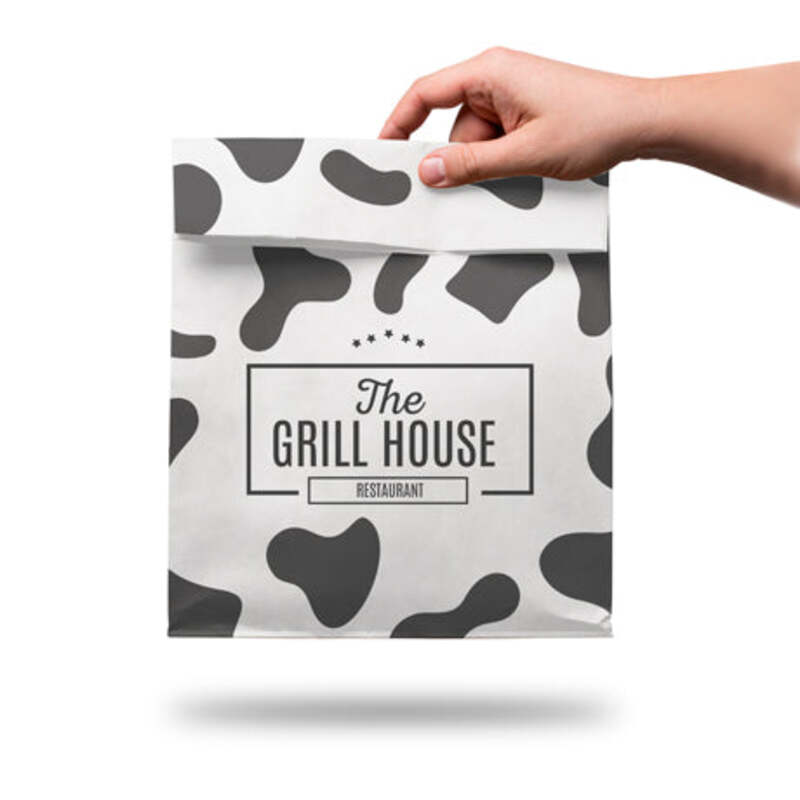The Evolution and Importance of Beer Packaging
Beer has transcended from being a simple beverage to a cultural icon, showcasing not only taste but also branding and craftsmanship. Among the many facets of this evolution, beer packaging plays a critical role in attracting consumers, preserving quality, and enhancing brand identity.
Historical Context
Historically, beer was packaged in various makeshift containers, from clay pots to wooden barrels. In the 19th century, glass bottles began to take precedence, allowing for better preservation of flavor and carbonation. The introduction of the crown cap in 1892 significantly changed the game, providing an airtight seal that kept beer fresh for longer periods. Over time, aluminum cans emerged as another option, first gaining popularity in the 1930s and becoming a staple in the beer industry due to their lightweight nature, cost-effectiveness, and recyclability.
Packaging Today
Today, beer packaging has evolved into a sophisticated art form. Breweries now consider not only practicality but also aesthetics and sustainability. With the rise of craft breweries, the competition for shelf space and consumer attention has intensified, leading to more creative and distinctive packaging designs.
1. Materials and Sustainability Modern breweries are increasingly focusing on sustainable packaging. Glass and aluminum are both recyclable, but the environmental impact varies based on production and transportation. Some breweries are even experimenting with biodegradable materials, contributing to a reduced carbon footprint. Sustainable practices in packaging not only appeal to environmentally-conscious consumers but also align with the overall ethos of many craft breweries.
2. Design and Branding Beer packaging design is crucial in conveying a brand’s identity. Color schemes, typography, and imagery all play essential roles in storytelling and attracting target audiences. Unique designs can evoke emotions and memories, helping consumers connect with the brand on a personal level. Limited-edition releases often come in specially designed packaging, further enhancing their collectible appeal.
beer packaging

3. Consumer Interaction Innovations such as QR codes and augmented reality (AR) features on beer packaging have started to bridge the gap between product and consumer. These technologies allow brands to engage with consumers by providing additional information, interactive experiences, or promotional content. This trend shows that the packaging can serve not just as a vessel but also as a platform for marketing and education.
Preservation and Practicality
Beyond aesthetics, beer packaging must serve its primary purpose—preservative functionality. Exposure to light and oxygen can spoil beer, leading to skunky flavors or off-putting aromas. Dark glass bottles and cans protect the contents from light, while air-tight seals prevent oxygen infiltration. Additionally, cans are increasingly favored for their ability to keep beer fresher longer, making them an ideal choice for both brewers and consumers.
Moreover, packaging also plays a role in the practicality of consumption. Features such as easy-open tabs and insulated coolers make it more convenient for consumers to enjoy beer in various settings, from picnics to beach outings.
Future Trends
Looking ahead, the future of beer packaging seems to lean towards even more innovative and sustainable practices. As consumers become more discerning and environmentally aware, breweries may adopt smart packaging technologies that monitor freshness or track sustainability metrics. Additionally, the rise of e-commerce has prompted breweries to rethink how their products are packaged for shipping, ensuring protection and minimizing waste.
In conclusion, beer packaging is no longer merely a functional necessity; it has become an integral part of the beer’s journey from brewery to consumer. As brands strive to stand out in a crowded market, packaging design, sustainability practices, and consumer engagement will continue to shape the beer industry. Whether it’s through innovative materials, eye-catching aesthetics, or unique interactive experiences, the evolution of beer packaging will undoubtedly reflect broader trends within society, consumer preferences, and environmental consciousness. Thus, every bottle, can, or keg represents a fusion of tradition, innovation, and the passion of those who craft what many consider the world’s most beloved beverage.



